“On the way back to the Capital/The red flag flies around Uncle Ho's silver hair” - To Huu. This Autumn, emotions are surging in every Vietnamese soul. We are joining the people of the whole country in commemorating the 70th Anniversary of the Liberation of the Capital (October 10, 1954 - October 10, 2024) with practical actions and deeds. I returned to Dai Tu to find old memories because after 9 years of resistance, Uncle Ho and the Central Committee returned here to do work for the day of taking over the Capital Hanoi ... Also in those days, poet To Huu was attached and wrote immortal poems: Viet Bac, We go to...
 |
| In 2006, the relic of President Ho Chi Minh 's residence and workplace at Thanh Truc hill (Dam Mua hamlet, Ban Ngoai commune, Dai Tu) was ranked as a National Historical Relic. |
… In Viet Bac, Thai Nguyen, President Ho Chi Minh lived and worked for 15 years: Before the August Revolution from 1941 to 1945; during the resistance war against the French from 1947 to 1954… In this article, we only focus on the last few months of 1954, including September 18 and 19, 1954, President Ho Chi Minh left his residence - a simple stilt house on Thanh Truc hill of Dam Mua hamlet, Hung Cuong commune (Dai Tu) - where the "Presidential Palace" was located from August to the end of October 1954, to return to Hung Temple to inform his ancestors after the victory at Dien Bien Phu and before returning to take over the capital Hanoi after 9 years of separation.
ATK Dai Tu is where Uncle Ho, the Party Central Committee, the Government and the central agencies of the Government of the Democratic Republic of Vietnam set up headquarters after the Dien Bien Phu Victory (May 7) and the implementation of the Geneva Agreement (1954), a few months before taking over the capital Hanoi. In a few months, many important tasks were carried out and major decisions were made in our foreign and domestic affairs. The press over the past few decades has mentioned it, but it has not been commensurate with the magnitude of the place name regarding the events of that year, as well as the life in this land today.
This October, we returned to the old places to record, with the desire to once again introduce the path that President Ho Chi Minh took from his residence - the stilt house on Thanh Truc hill - where the "Presidential Palace" was located, to Hung Temple to inform his ancestors after the victory at Dien Bien Phu and before returning to take over the capital Hanoi... After the victory at Dien Bien Phu, the Party Central Committee, the Government and the headquarters from Chiem Hoa, Son Duong, Yen Son (Tuyen Quang); Cho Don (Bac Kan)... ATK Dinh Hoa (Thai Nguyen) gradually moved to ATK Dai Tu to organize preparations for the day of taking over the capital... Dai Tu is a safe area, a place where many strengths converge, a place where our troops and agencies come and go...
We went together to the historical site of Thanh Truc hill, the small hamlet of Dam Mua, Vai Cay... Although it was recognized as a National Historical Site in 2006, the investment in this important complex is still very modest. In addition to the monument stele with full location and historical marks; the foundation of Uncle Ho's house on Thanh Truc hill is still there, waiting for investment to be worthy of the stature as well as the respect of posterity for the leader and history...
 |
| Author (left) at Dam Mua Relic, Ban Ngoai Commune (Dai Tu). |
The Geneva Agreement was signed on July 21, 1954. Immediately after that, the 36th Youth Volunteer Team led by comrade Ta Quang Chien (Mr. Chien was one of the 8 people named by Uncle Ho: Truong, Ky, Khang, Chien, Nhat, Dinh, Thang, Loi) returned to Hung Cuong commune, a large area with a sparse population and a tradition of patriotism, at the foot of the eastern slope of Tam Dao mountain range, to quickly build a complex of camps including: the residential and working area of President Ho Chi Minh, the Party Central Committee, the Government; the diplomatic agency, the Soviet and Chinese embassies and the leading agencies of the resistance gathered in Dai Tu, carrying out preparations for taking over the capital.
The place where Uncle Ho lived and worked was on Thanh Truc hill in Dam Mua hamlet; the Government agency was in Vai Cay hamlet; the diplomatic agency was in Giang hill... Not only a few hamlets of Hung Cuong commune, most of the communes of Dai Tu that year were gathering places, enough to see the absolute trust of the leader in the people and cadres of ATK Dai Tu at that time.
The book at the Ho Chi Minh Museum states: After the historical talk with the soldiers at Hung Temple, Uncle Ho returned to live in a simple stilt house on Thanh Truc Hill, Dam Mua Hamlet... On September 20, Uncle Ho received a delegation of religious sects from the South who visited the North, visited the Land Reform Training School in the neighboring commune; visited the newly established 600th Regiment whose mission was to ensure safety for the Central after the day of taking over the Capital...
Also in Ban Ngoai commune, President Ho Chi Minh received the famous journalist and film director Roman Carmen, who had great sympathy for our just resistance. On October 10, 1954, from his workplace - the small hamlet of Vai Cay, ATK Dai Tu, President Ho Chi Minh issued an appeal on the occasion of the Capital's Liberation Day: "...To my dear compatriots in Hanoi! For the past 8 years, the Government had to leave the Capital to fight for national salvation. Although far apart, the Government's heart has always been close to the people... The Government has returned to the Capital with the people. Thousands of miles away, one home. My heart is filled with joy!...". "...We must implement a policy that both public and private sectors are taken care of, and both employers and employees benefit. Our workers are enthusiastic about production. Our industry and commerce are enthusiastic about business. We need to maintain and restore all production, trade, economic and financial activities of our Capital" ...
On October 12, 1954, President Ho Chi Minh left his house on Thanh Truc hill to return to Hanoi Capital following the path he took to the resistance base 9 years before...
Today, we wandered on the road through historical sites with indescribable emotion. The country has gone through nearly half a century of unification, the country has been reunited; nearly 40 years of comprehensive renovation to implement Uncle Ho's testament - Building the country more than 10 days ago. Still the same palm forests, tea hills, the blazing sun of the Lo River, but now much has changed. The lives of the people in the revolutionary countryside have become much richer, changed a lot. All Vietnamese people join hands and hearts for a sustainable and prosperous Vietnam.
I feel like distant children, now returning to visit the place where beloved Uncle Ho once lived and worked: “Remembering Him in the early mornings/Leisurely riding a horse on the path of murmuring streams/Remembering His footsteps climbing the pass/He walked through the mountains and forests, watching His shadow…” and filled with joy.
Source: https://baothainguyen.vn/chinh-tri/202410/nhan-ky-niem-70-nam-ngay-giai-phong-thu-do-10101954-10102024-dai-tu-noi-chuan-bi-cho-ngay-lich-su-3320fda/








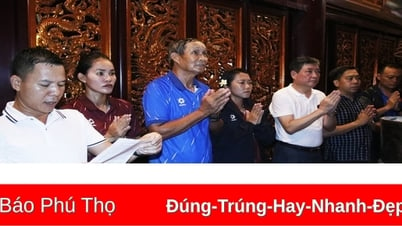



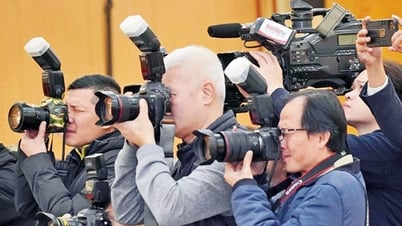

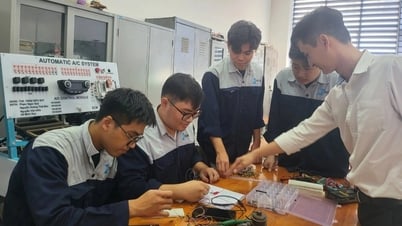

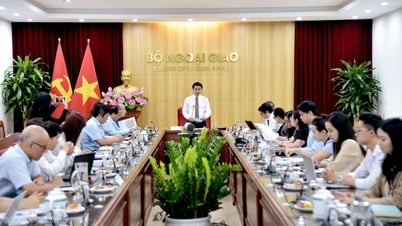



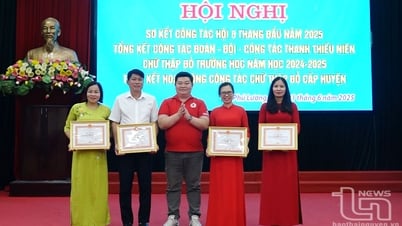

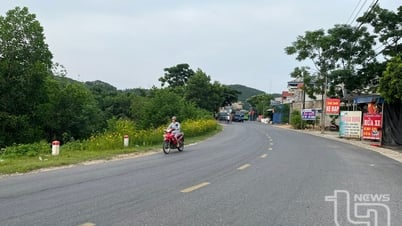


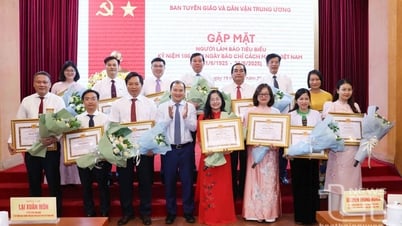
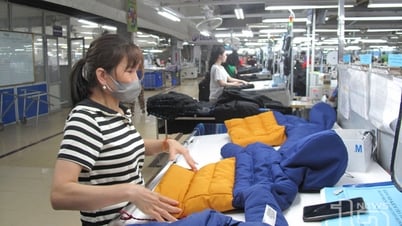








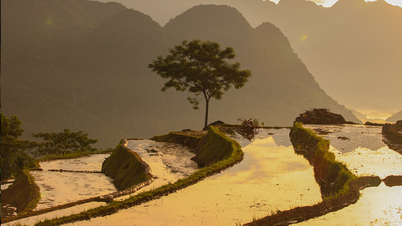

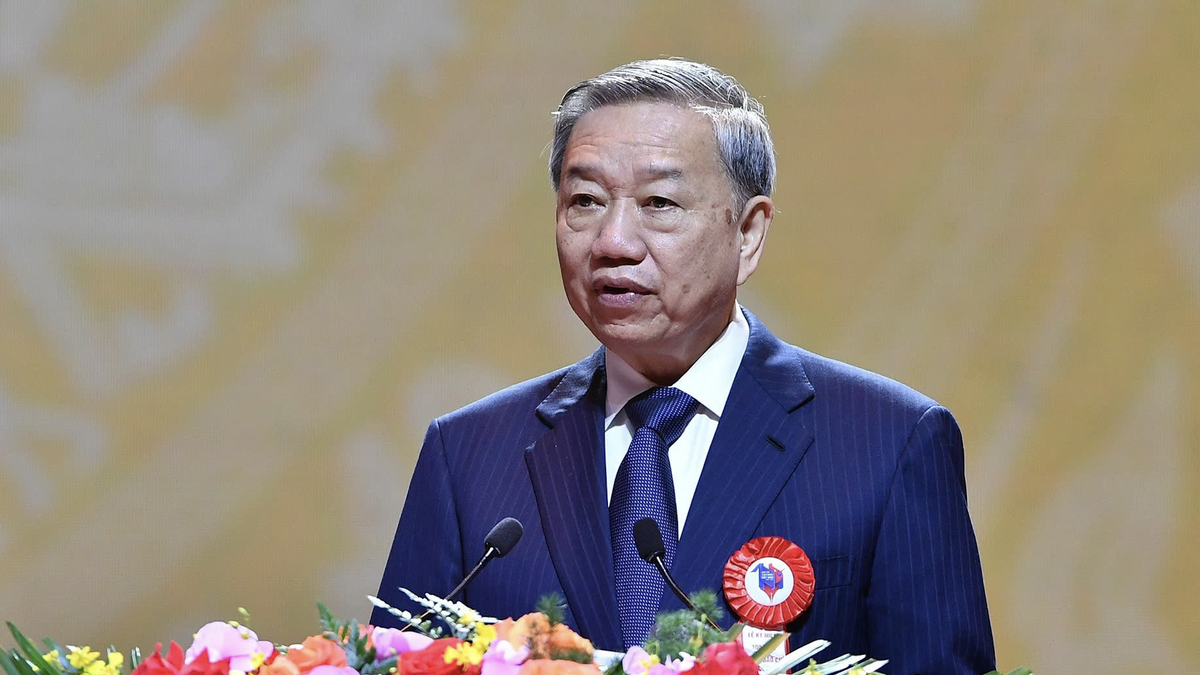


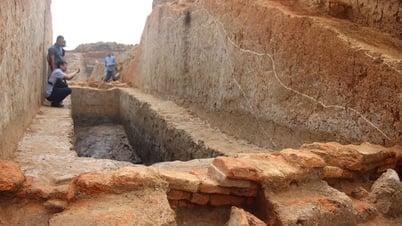


















![[Maritime News] Wan Hai Lines invests $150 million to buy 48,000 containers](https://vphoto.vietnam.vn/thumb/402x226/vietnam/resource/IMAGE/2025/6/20/c945a62aff624b4bb5c25e67e9bcc1cb)


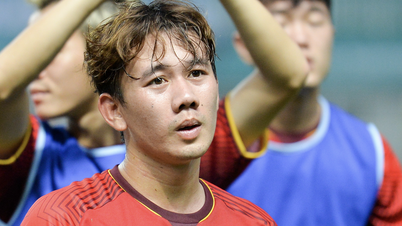
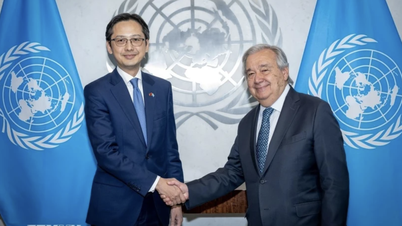

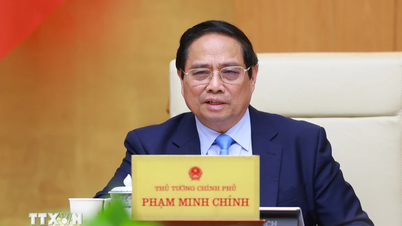



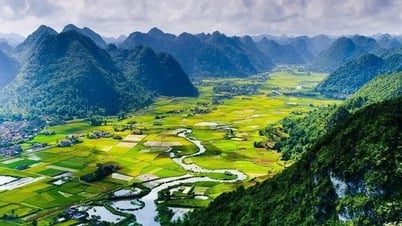




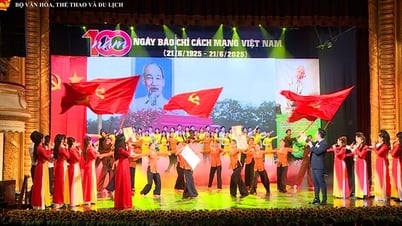


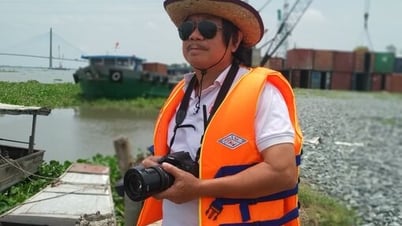

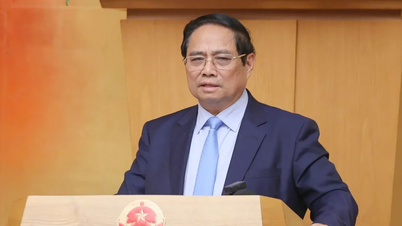
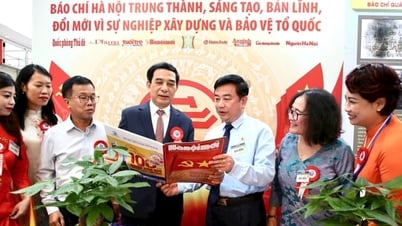


















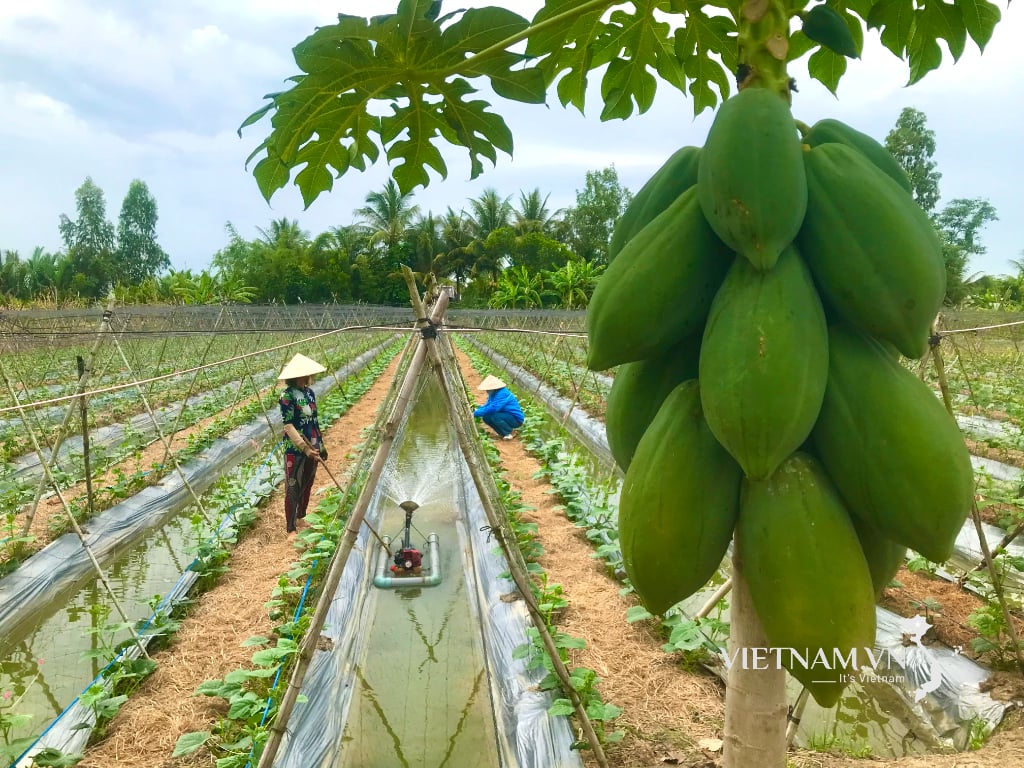



Comment (0)